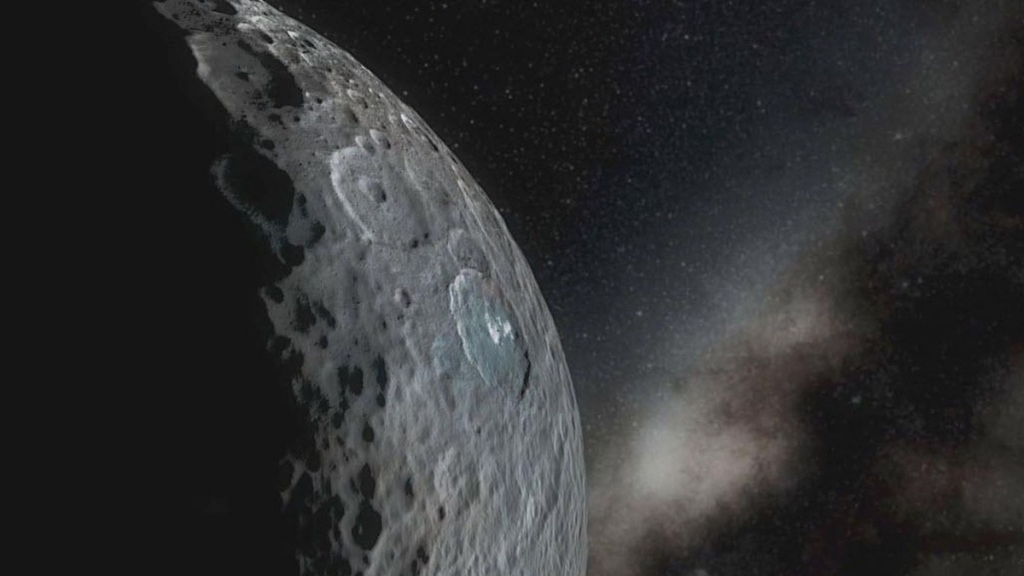-
Tips for becoming a good boxer - November 6, 2020
-
7 expert tips for making your hens night a memorable one - November 6, 2020
-
5 reasons to host your Christmas party on a cruise boat - November 6, 2020
-
What to do when you’re charged with a crime - November 6, 2020
-
Should you get one or multiple dogs? Here’s all you need to know - November 3, 2020
-
A Guide: How to Build Your Very Own Magic Mirror - February 14, 2019
-
Our Top Inspirational Baseball Stars - November 24, 2018
-
Five Tech Tools That Will Help You Turn Your Blog into a Business - November 24, 2018
-
How to Indulge on Vacation without Expanding Your Waist - November 9, 2018
-
5 Strategies for Businesses to Appeal to Today’s Increasingly Mobile-Crazed Customers - November 9, 2018
NASA releases video showing Ceres from the viewpoint of Dawn spacecraft
In a new short movie released by NASA, people may fly over the dwarf planet Ceres and marvel upon its crater-speckled surface via a new color animation technology.
Advertisement
Apparently when NASA isn’t finding water on Mars or developing plans to send robotic space guns out to nearby asteroids, it’s working on some pretty dope videos.
Imagery included in the video was collected during Dawn’s high-altitude mapping mission, between August and October 2015.
“The simulated overflight shows the wide range of crater shapes that we have encountered on Ceres”. There are the high cone-like crater Ahuna Mons, the flat Yalode and Dantu craters and the prominently sheer Occator, among others. The video shows many of Ceres’ topographical features, including its great crater Occator and the mountain Ahuna Mons, as well as its now famous “bright spots”. It highlights many features that Ceres has become known for since NASA began its historic observation, including huge craters, mountains, and, of course, those notorious white spots, which were recently found to contain mostly salt deposits and water ice.
The clip presents Ceres in enhanced, vivid colors to show the differences in the texture and appearance of the surfaces. The researchers believe that the areas in shades of blue have fresher and younger materials, which includes flows, pits and cracks.
Dawn arrived at Ceres in March 2015 after spending a bit more than a year exploring the protoplanet Vesta, another relatively large object in the astroid belt from 2011 to 2012.
Advertisement
Since we can’ take flight over far-off worlds, NASA’s doing it for us. It has already surveyed Vesta and is now in the orbit of the dwarf planet. Currently, spacecraft is in its final and superclose orbit of Ceres at about 240 miles from its surface.




























